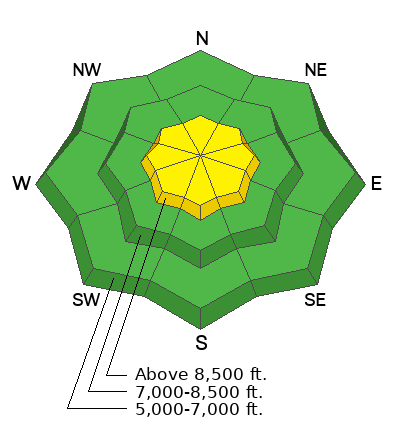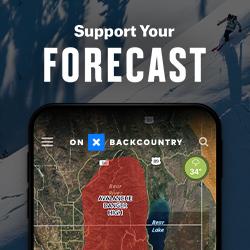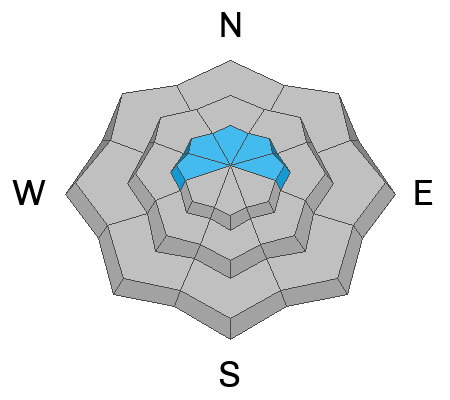Forecast for the Logan Area Mountains

Issued by Toby Weed on
Monday morning, January 20, 2025
Monday morning, January 20, 2025
The snow is generally stable in the backcountry, and the avalanche danger is LOW on most slopes. However, areas with heightened avalanche conditions and MODERATE danger exist in drifted upper-elevation terrain where people could trigger small avalanches of wind-drifted snow.
- Prepare for dangerously cold temperatures and adjust your plans accordingly.
- Evaluate snow and terrain carefully and practice safe travel protocols by only exposing one person at a time to avalanche risk.

Low
Moderate
Considerable
High
Extreme
Learn how to read the forecast here







